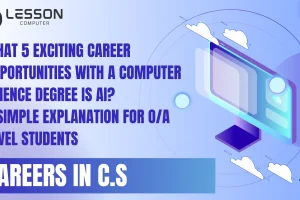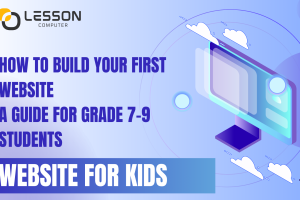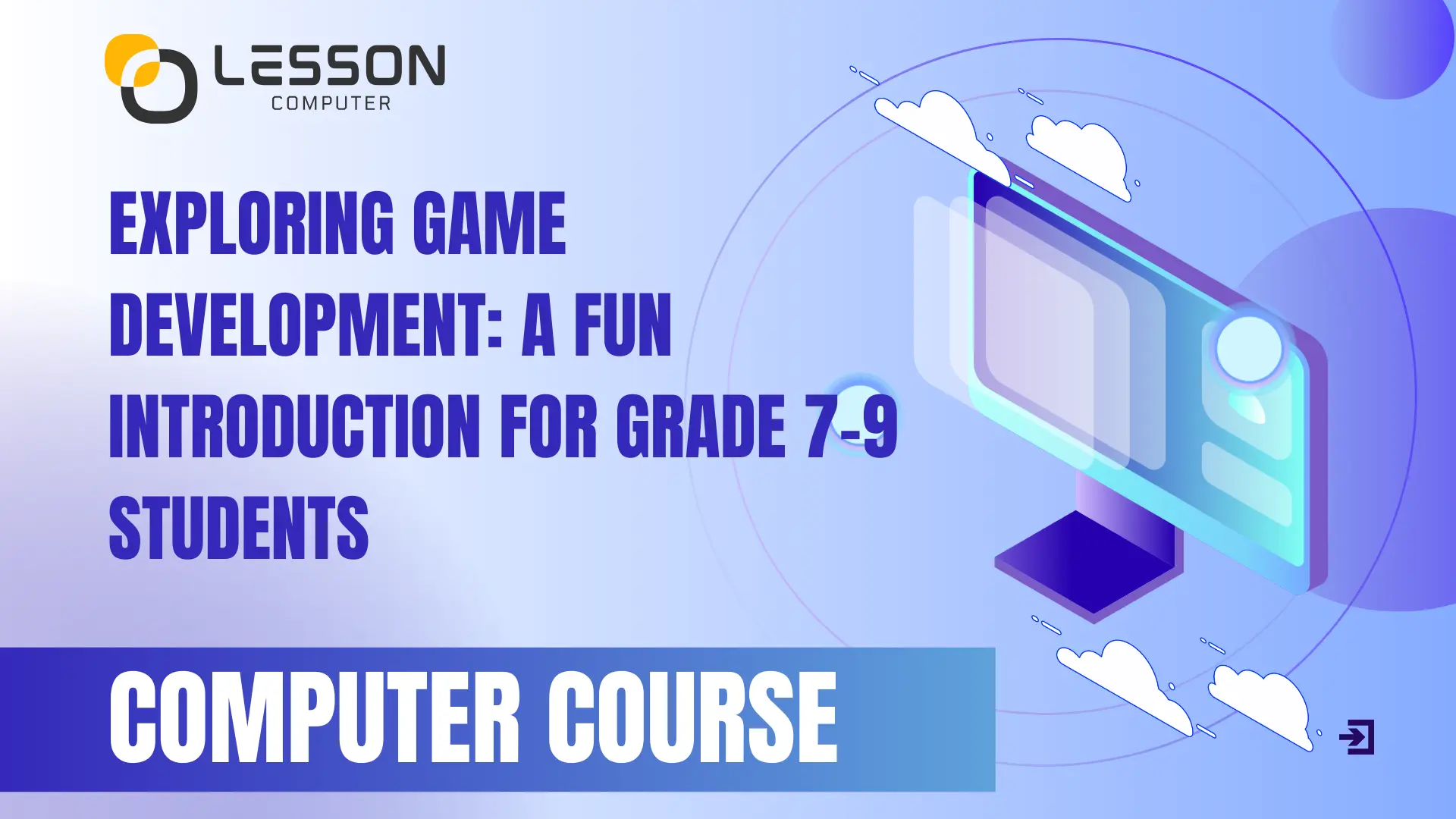
Exploring Game Development: A Fun Introduction for Grade 7-9 Students
Game development can seem like an exciting but complex world. However, it’s not as complicated as it sounds, and anyone with a passion for games can break into this industry. Whether you enjoy action-packed adventures or puzzle games, game development is an exciting journey where you can bring your imagination to life. In this guide, we’ll explore how students in grades 7-9 can begin exploring game development in a fun, creative, and simple way.
1. What is Game Development? A Fun Introduction
Game development is the process of creating video games. It involves everything from the idea and design to the final code that makes the game come to life on a screen. There are various parts to game development that come together to make a game that players can enjoy.
Why is game development fun?
For many students, game development allows them to be creative and express their ideas in a way that no other medium can. You can create entire worlds, design characters, write stories, and even make things move and interact with the push of a button. It’s like bringing your imagination into reality!
2. The Main Areas of Game Development
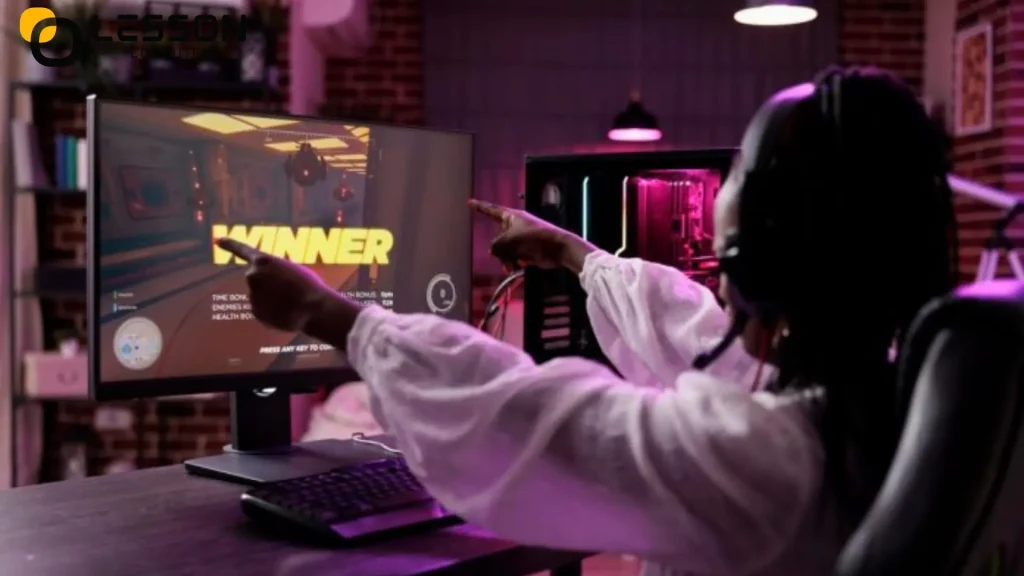
Game development is not just about coding; it’s a combination of different skills that work together to create a complete game. Let’s look at some of the main areas that come together to create a game:
1). Game Design:
Game design is where the fun starts. This is the stage where you think about what the game will look like, how it will play, and what its goals are. Game designers come up with concepts, levels, and challenges. If you’ve ever played a game, you’ve experienced the work of a game designer!
2). Programming:
Programming is what makes the game work. It’s where the rules and actions of the game are turned into instructions for the computer. Programmers use coding languages like C++ or Python to tell the game how to behave—whether it’s jumping, scoring points, or changing levels.
3). Art and Animation:
The art and animation are what bring the game to life visually. Artists create the characters, backgrounds, and objects in the game. Animators make these elements move and behave in ways that look realistic. Whether it’s a hero running through a forest or a dragon flying across the sky, these visual aspects are vital to the gaming experience.
4). Sound Design:
Sound plays a massive role in creating the atmosphere of a game. Sound designers work to make the game immersive, from background music to sound effects like footsteps, explosions, and more. It’s through sound that players can feel the excitement, suspense, or even the calm of a game’s environment.
3. Different Types of Games You Can Create
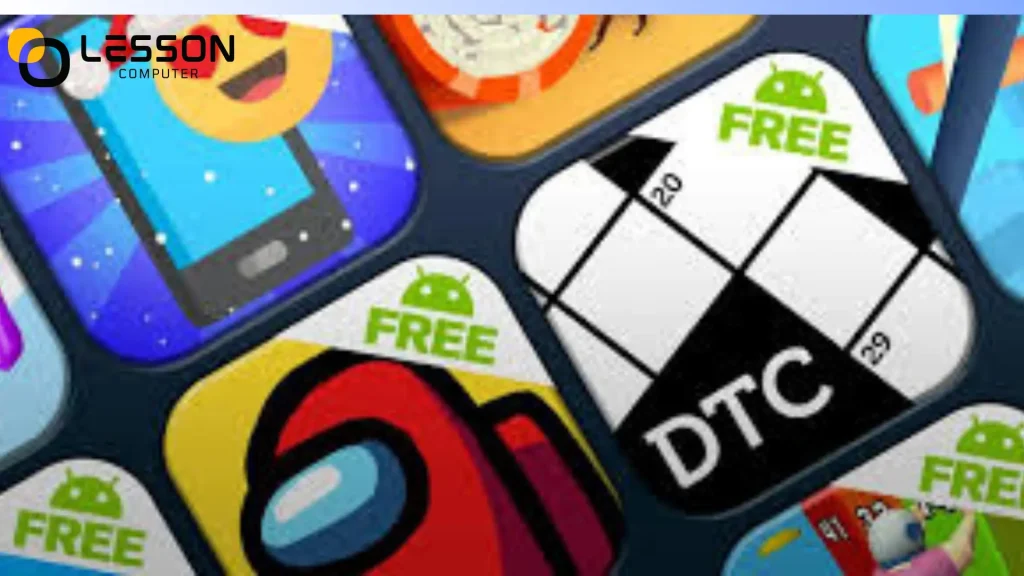
When you think of video games, you might imagine various types—action-packed adventures, brain-challenging puzzles, or open-world explorations. Game development allows you to specialize in different types of games. Here are some popular genres:
1). Action Games:
These games are fast-paced and often involve a lot of movement and excitement. Think of games like Super Mario, Fortnite, or Minecraft. Game developers in this genre focus on making the gameplay engaging with lots of challenges.
2). Puzzle Games:
Puzzle games are designed to make players think and solve problems. They can be simple or complex. Games like Tetris and Candy Crush are great examples. In this genre, game designers focus on creating tricky puzzles that keep players engaged.
3). Adventure Games:
Adventure games often involve exploration, storytelling, and problem-solving. They can take players through exciting journeys, like in games such as The Legend of Zelda or The Sims. Adventure game development focuses on creating rich environments and compelling narratives.
4). Simulation Games:
Simulation games mimic real-life activities, like running a farm or managing a city. Games like The Sims or Roller-coaster Tycoon are examples. Game developers in this genre create realistic systems that reflect real-world activities.
4. Tools You Need for Game Development

If you’re eager to start creating your own games, there are various tools and software that can help you along the way.
1). Game Engines:
A game engine is software that helps you build and develop games. The engine contains the tools and features that are needed for game development. Some of the most popular engines include:
● Unity: Great for 2D and 3D games.
● Unreal Engine: Known for creating amazing graphics in 3D games.
● Godot: A beginner-friendly engine that’s free and open-source.
2). Learning to Code:
Learning the basics of programming is essential in game development. Languages like C++ (often used with Unity), Python, and JavaScript are great starting points. Python, in particular, is known for being beginner-friendly, making it a great first programming language for young game developers.
3). Game Design Software:
In addition to game engines, there are other tools for designing parts of the game. Programs like Photoshop or GIMP help with creating 2D sprites (images), and animation software like Blender allows you to create 3D models and animations for your games.
5. How to Start Your Game Development Journey
Ready to make your first game? Starting can feel a little overwhelming, but it’s all about taking small steps. Here are some tips to help you get started:
1). Learn the Basics of Coding:
Before jumping into game creation, it’s a good idea to learn some basic coding. Platforms like Scratch are designed specifically for beginners, teaching the fundamental logic of programming in a way that’s fun and interactive.
2). Try Game Development Tools:
Experiment with free game development tools like Unity or Godot. These engines offer beginner tutorials and are an excellent way to start understanding how games are made.
3). Join Online Communities:
Learning to develop games can be challenging, but you’re not alone! There are plenty of online communities (like Reddit’s r/gamedev or Stack Overflow) where you can ask questions, share ideas, and get advice from other aspiring developers.
6. Game Development Careers: What’s the Job Market Like?
If you love creating games, you may wonder about the future of game development as a career. The gaming industry is huge, with millions of people working as developers, designers, programmers, and artists. It’s a growing field, with new technologies like virtual reality (VR) and augmented reality (AR) creating more opportunities.
Some common career paths include:
- Game Designer: Focuses on creating the game concept, levels, characters, and story.
- Game Programmer: Writes the code that makes the game function, such as movement or physics.
- Game Artist: Designs the visual aspects of the game, from characters to environments.
- Sound Designer: Creates and implements the music and sound effects.
7. Challenges in Game Development
Game development isn’t all fun and games. It comes with its challenges:
- Time-Consuming: Making a game can take months or even years, especially when it involves complex design and programming.
- Problem-Solving: Debugging and solving technical issues can be frustrating at times.
- Balancing Creativity with Technical Skills: Game developers must be both creative and technically skilled, often blending art with programming.
8. How to Keep Improving Your Game Development Skills
Once you’ve started creating games, it’s important to continue learning and improving your skills. Here are some ways to keep getting better:
1). Participate in Game Jams:
Game jams are events where game developers come together to create a game within a short time, often 48 hours. Participating in game jams can be a fun way to challenge yourself and work on new ideas.
2). Study Other Games:
Play a wide range of games and study what makes them fun. Analyze their mechanics, design, and storytelling to learn what works and what doesn’t.
3). Continue Learning New Technologies:
As technology evolves, new tools and techniques emerge in game development. Keep learning about things like virtual reality, artificial intelligence, and machine learning to stay on top of the latest trends.
9. Game Development as a Hobby vs. Career
You don’t have to pursue game development as a career to enjoy it. Many students start developing games as a hobby and continue to improve their skills over time. Whether you want to create a simple mobile game or dream of joining a professional game development company, there’s always room to grow and learn in the world of game creation.
Conclusion: Your Game Development Journey Begins Today
Starting your journey in game development as a middle or high school student is one of the most exciting ways to express your creativity. Whether you’re creating fun 2D platformers or dreaming up the next big virtual reality game, the possibilities are endless. With the right tools, skills, and attitude, you can start creating your very own games today. Remember to take it step by step, experiment with different tools, and have fun with the process. Your journey as a game developer is just beginning!
Learn more about these skills by joining us. We provide quality education through online tuition system in Mauritius. Stay toned to be perfect!

